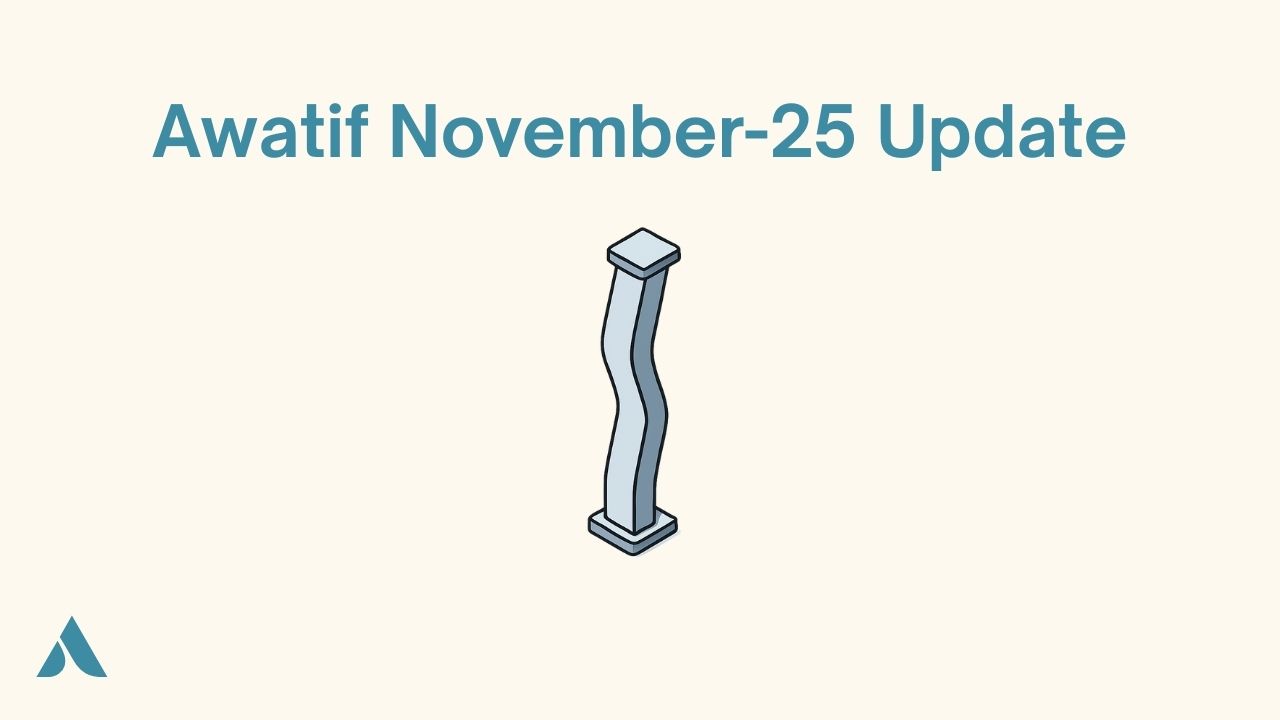
Awatif November-25 Update
Nonlinear FEM solver with post-buckling, login/logout in the app, and going full-time on Awatif.
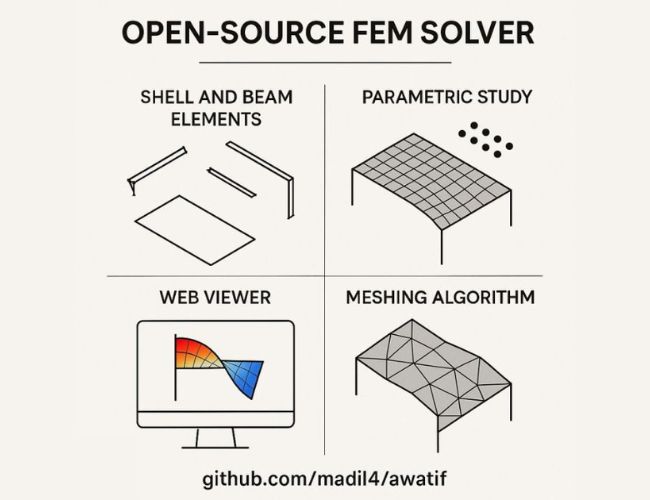

Nonlinear FEM solver with post-buckling, login/logout in the app, and going full-time on Awatif.

I quit my stable job to build Awatif. Working 9-to-5 felt like a prison, and I couldn't stand by while structural engineering remained inefficient.

Discover how Awatif's three-level data structure—from parametric design through smooth geometry to discrete analysis—enables seamless collaboration.

Learn how we built a hybrid 3D modeling tool combining manual flexibility with parametric efficiency.
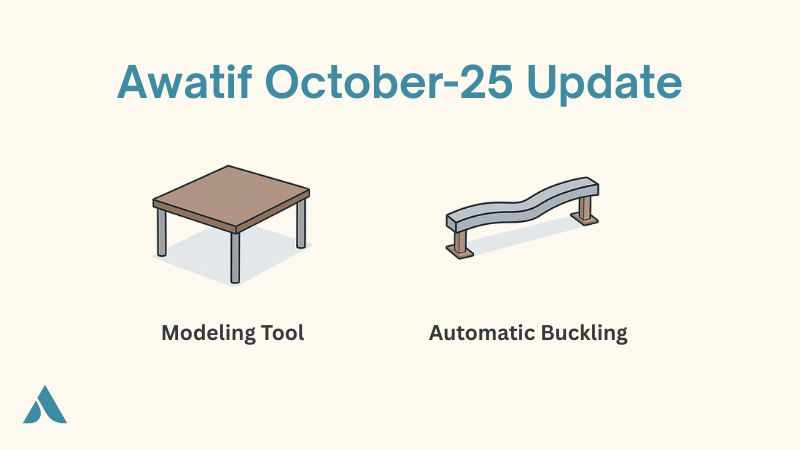
Modeling Tool foundation for parametric capabilities, and Automatic Buckling proof of concept—a game-changer for structural engineers.

Mohamed Adil joins Mayur Mistry's podcast to discuss his journey from structural engineering to software development and the story behind Awatif
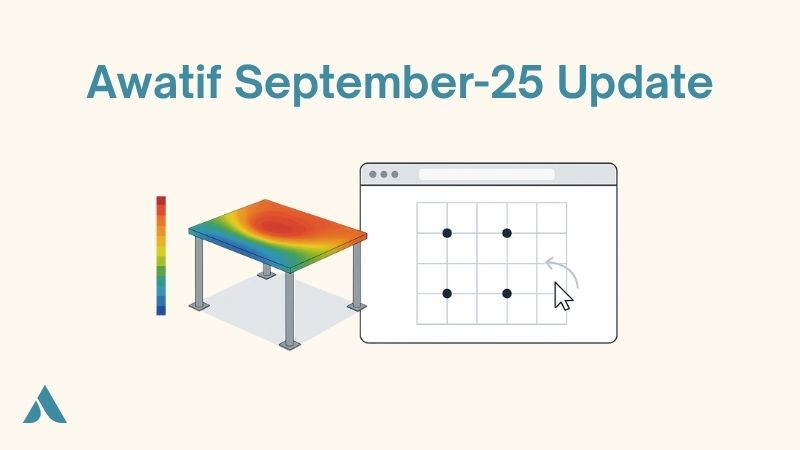
Slab Designer shell sims in the browser, instant results, and our open-source roadmap—what's next at Awatif.
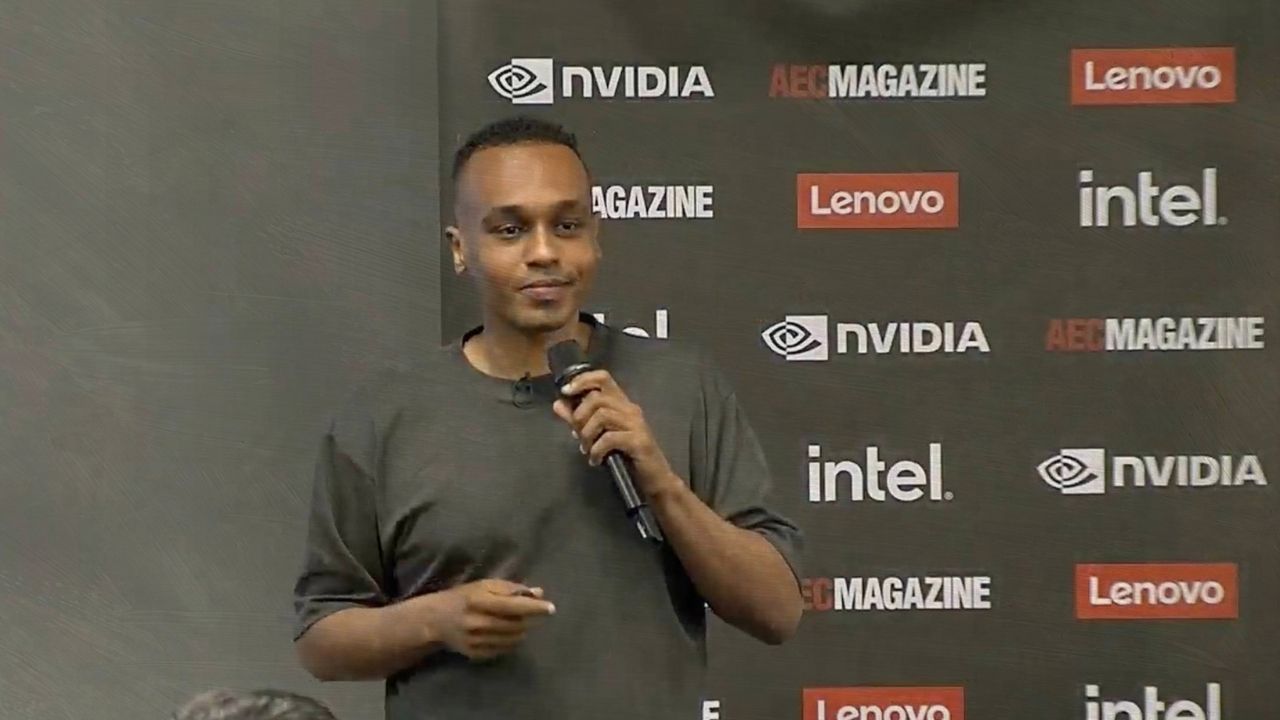
Highlights from Mohamed Adil's London conference talk on real-time physics, collaborative design, and the open-source roadmap behind Awatif.

A simple, energy-based intuition for FEM: strain, energy minimization, shape functions, and why discretizing complex structures works in practice.

How parametric modeling empowers automation, exploration, optimization, complex geometry, and sensitivity analysis in structural engineering.